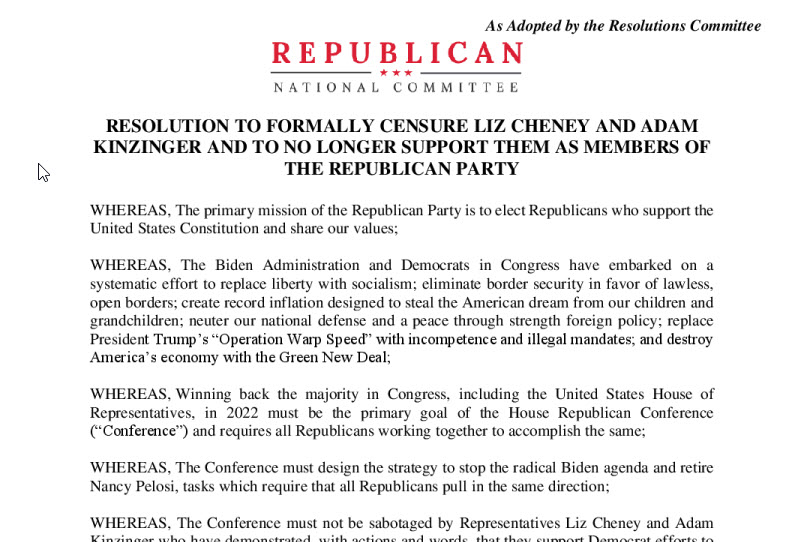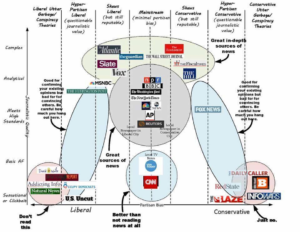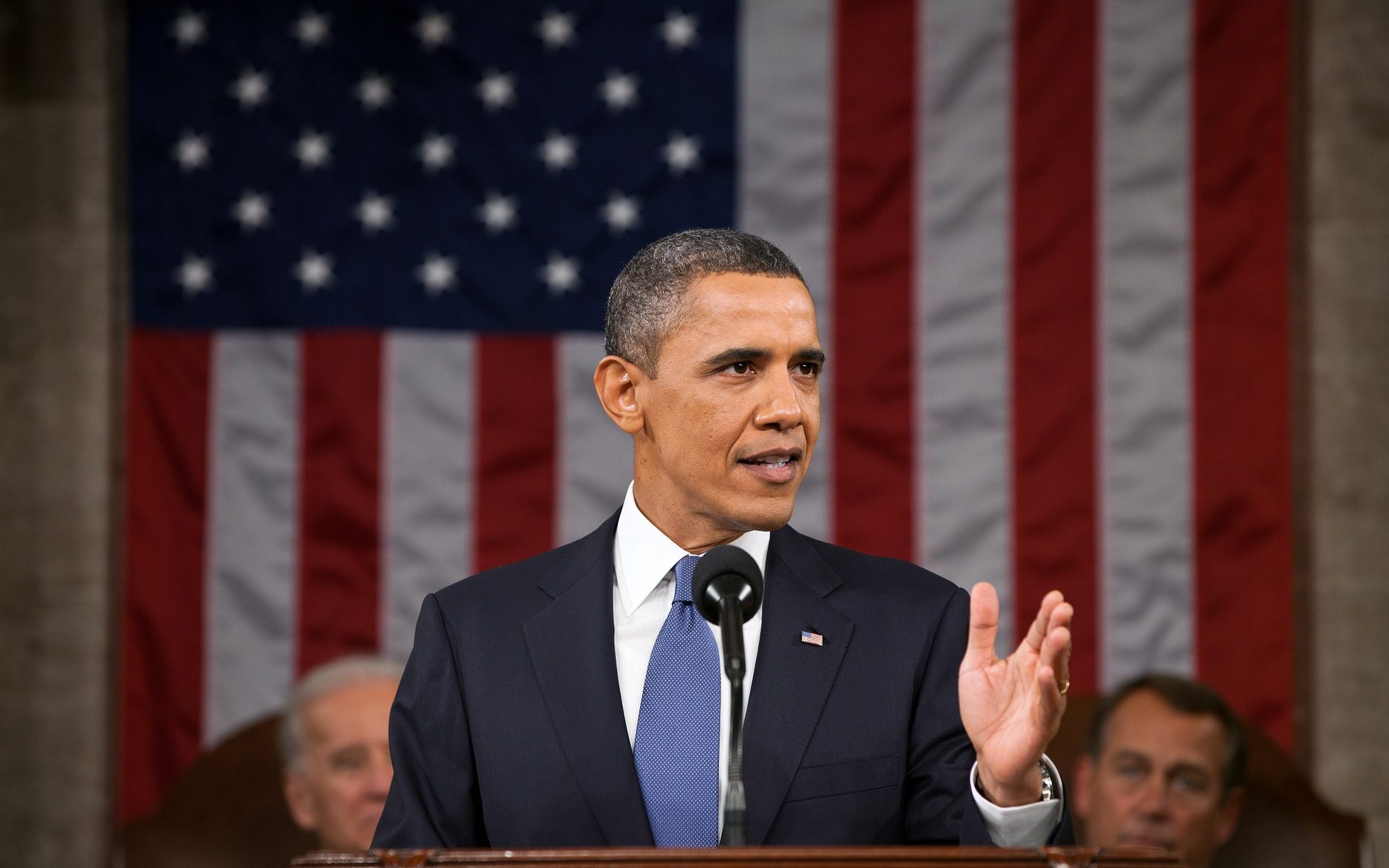
The Republican National Committee (RNC) voted to censure two of its own representatives: Liz Cheney and Adam Kinzinger.
United We Stand?
What offense did they commit to earn this rebuke from their own party? Well, they have the audacity to take part in a bipartisan Select Committee to investigate the insurrection and attempt to subvert the will of the people on January 6, 2021. The investigation is ongoing, so we do not yet know the full extent of what they will find, but so far it seems like it will be very uncomfortable for many on the Republican side of the aisle–and may even result in the arrest and prosecution of key Republicans, up to and including the former president himself.
Once the attempted coup was thwarted and the Senate got back to business, Senate Minority Leader Mitch McConell stated, “They tried to disrupt our democracy. They failed. They failed. They failed the attempt to obstruct the Congress. This failed insurrection only underscores how crucial the task before us is for our republic.”
He was not alone. On January 6, 2021, and the days immediately following, there was almost universal bipartisan agreement that this was a violent insurrection and an attempt to disrupt the peaceful transfer of power. For a brief–very brief–period, we stood as one nation–Americans rather than Democrats and Republicans–united in our commitment to democracy and our alarm that a group of people sought to overthrow it through violence.
You Can’t Do Both
The RNC censure opens with a statement that claims the mission of the party is to elect Republicans who support the United States Constitution and share Republican values. With the unique exceptions of Liz Cheney and Adam Kinzinger, this appears to be an oxymoron.
You can’t do both. Everything Republicans have done in the past year–especially as it relates to investigating the January 6 insurrection and holding people accountable–suggests that Republican values are diametrically opposed to the concept of supporting the US Constitution.
If you’re complicit in attempted sedition and guilty of trying to undermine our democracy, it makes sense to not want to look too hard or connect the dots to see who orchestrated the insurrection. If you are not, there is no logical reason why you would oppose the investigation or attempt to obstruct the quest for answers.
As an individual whose own life was at risk as an unhinged mob stormed the Capitol Building, and an individual who swore an oath to solemnly swear (or affirm) to support and defend the Constitution of the United States against all enemies, foreign and domestic; and bear true faith and allegiance to the same, you would expect unanimous bipartisan support for the investigation and conviction to hold those responsible accountable.
But, no.
Which seems to suggest that most Republicans fall into one of two…maybe three camps. Either they are directly involved and responsible for the January 6 insurrection, or they are afraid of what the MAGA cult will do to them if they stand against it, or they simply care more about power at all costs than they do about the country or the principles it was founded on.
There is certainly ample evidence of this third option across the country as Republican state legislatures seek to disenfranchise voters and limit or restrict the ability of citizens to vote. They know they can’t win a free and fair election, so they are working vigilantly to ensure future elections are anything but free or fair.
Replace Liberty with Socialism
The second part of the RNC censure makes a lot of ridiculous and intentionally incendiary claims–claims that go beyond political differences of opinion and fall squarely on the side of demonizing political rivals and painting more than half of the nation (as evidenced by the results of the 2020 election) as “un-American”. One of them is the assertion that Democrats in Congress have embarked on a systematic effort to replace liberty with socialism.
That is silly on a number of levels. First, I am not sure Republicans actually know what socialism is. In Republican double-speak, “socialism” generally refers to anything that might help or benefit people of color, or–more broadly–anything that doesn’t align with their agenda. It’s a convenient bogeyman to distract and confuse a gullible base of voters.
That said, socialism itself is not a “bad word”. The idea that we should all get our panties in a bunch over the word socialism reminds me of when Barack Obama was running for President in 2008 and there were rumors and accusations that he is Muslim.
Many debated the issue and there were attempts to clarify his Christian faith and verify that he was, in fact, not Muslim. My take was, who fucking cares? Dignifying the speculation with a defense was completely irrelevant. What if he is a Muslim? That is not disqualifying. A Muslim can be President if that is who a majority of the people vote for.
Is Congress trying to implement Socialism, the actual political ideology, or socialism, the Republican bastardization that just refers to anything that helps American citizens? Yes. Maybe. There are a lot of people in Congress and they span the political spectrum. I am sure there are those who want Socialism, and many more who favor and support socialism.
And?…
The point is, are they the majority? Did a majority of American citizens elect people who support an agenda of Socialism/socialism? Is there sufficient support in Congress to win the votes necessary to pass Socialist/socialist policies? Then that is fine. Better than fine–that is perfect and it is the way things are supposed to work in a democracy.
I’m sure it sucks if you’re in the minority and you’re adamantly opposed to those things. Too fucking bad. Come up with better policies and better ideas that a majority of voters support and you can shift things in another direction.
However, Republicans don’t have a monopoly on patriotism or “being American”. On the contrary, it often seems they barely understand what either of those things mean. Policies and views that run counter to the Republican platform are not “un-American,’ they’re simply “un-Republican.”
I don’t doubt that Republicans would like to elect Republicans and have the power and the votes to pursue their agenda. Unfortunately for them, that requires having good ideas that are popular enough to win elections.
Censuring the only people in the party willing to uphold the oaths they swore, defending a violent attempt to overthrow the government, standing by the incompetent former President while evidence appears to suggest he was directly involved in the attempted coup, showing more allegiance to Russia than our allies, and working to ensure as few people vote as possible are not winning strategies. They simple demonstrate how far the party has fallen and why it is more important than ever in this nation’s history for people to stand up and show up and remove these people from our government.






